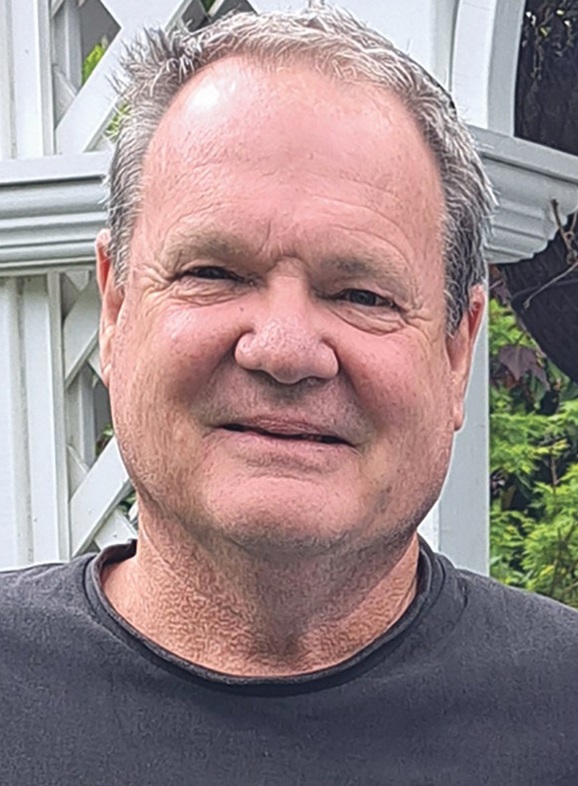
Legislation aimed at boosting New Zealand’s housing stock makes sense, until it starts affecting the existing community.
In recent years, fuelled by rocketing property values, living in a house as a traditional family unit has become unaffordable for many people. Up to one in nine Kiwis is living in overcrowded accommodation (defined as a home where three or more share a bedroom). The problem has been most keenly felt by Māori and Pasifika people.
Ōur town has been hit hard, with many multiple generation Ōtaki whānau forced to move north where they have a better chance of being able to pay the rent, or in recent times, the mortgage. Ōtaki has been identified as a town of significant housing need.
So anything that gets houses built quickly and affordably has got to help. That’s the theory.
Along came the legislation that fast-tracked housing developments. It essentially bypassed local council consent processes – which can hold up developments for months or years because the council has to consult – and allowed intensification of housing units. This meant more houses could be built in urban areas, and they could be higher.
Councils, meanwhile, were asked to amend their district plans to boost housing, which Kāpiti Coast District Council duly did on August 11 (see page 4). Its Plan Change 2 (PC2) now allows buildings of up to 15 storeys in a new ‘’metropolitan centre’’ at Paraparaumu, and within a 400m to 800m perimeter, 10 and six-storey buildings. Six-storey buildings will be allowed within 800m of Paraparaumu, Paekākāriki and Waikanae train stations, as well as within the town centres at Paraparaumu Beach and Waikanae.
It will now be permitted for Ōtaki to have four-storey buildings within 400m of the township on Main Street, and around Ōtaki train station.
The resulting apartment buildings and town houses will certainly provide new accommodation opportunities in Ōtaki. But there are inevitable consequences for our town.
In the work to find a new identity for Ōtaki, it was clear locals valued its manaakitanga and its “small town, big heart” – a phrase that made its way into the visual identity.
Will Ōtaki still be able to make that claim if its “urban centres” comprise what would be, for our town, high-rise buildings?
What will these housing blocks overlook? It will be into the back yards and homes of our existing residents. Almost uniquely, Ōtaki also has a marae very close to its Main Street. Is it appropriate that apartment dwellers can sit on their balcony with a glass of wine while they look down on a tangi at Raukawa Marae?
Another key factor is that new housing will not necessarily solve the crisis for our own whānau. Most houses will be occupied by the newcomers who have appreciated their leisurely holidays in our peaceful town, or come to the kite festival or Māoriland Film Festival and thought: “This place is where I could live.”
Don’t get me wrong, I’m not opposed to people moving into Ōtaki. We or our families all arrived here at some point, and we’ve contributed in all sorts of ways to make Ōtaki what it is.
But I worry that when even Kāinga Ora, which is building new affordable housing at several sites, can’t guarantee that those houses will go to local people. They will be for those identified as having the greatest need, wherever they live now.
The other consequence of the fast-track housing process is the effect on existing residents. We’re seeing that at Sue Avenue and Moy Place (see front page). Without the safety net of council consents, residents can effectively be ignored by developers. Residents who might oppose such a development have to work hard to get information, especially when it’s being lodged for consent with an “expert panel” at lightnight speed. They then have to pay for their own consultants and lawyers.
The one bright note is that under the legislation, iwi have to be consulted. As iwi representatives here, Ngā Hapū o Ōtaki has been keeping a close eye on where we might be headed. Its influence and forceful arguments should hold some sway when the wider community is under threat.
They might still stymie plans to have traffic for the new subdivision at 33 Old Main Highway come along Sue Avenue and Moy Place, rather than via the main road.
It might well prove to be a test case for Ōtaki.

Ian Carson is editor of Ōtaki Today.
OTHER POSTS FROM THE EDITOR

